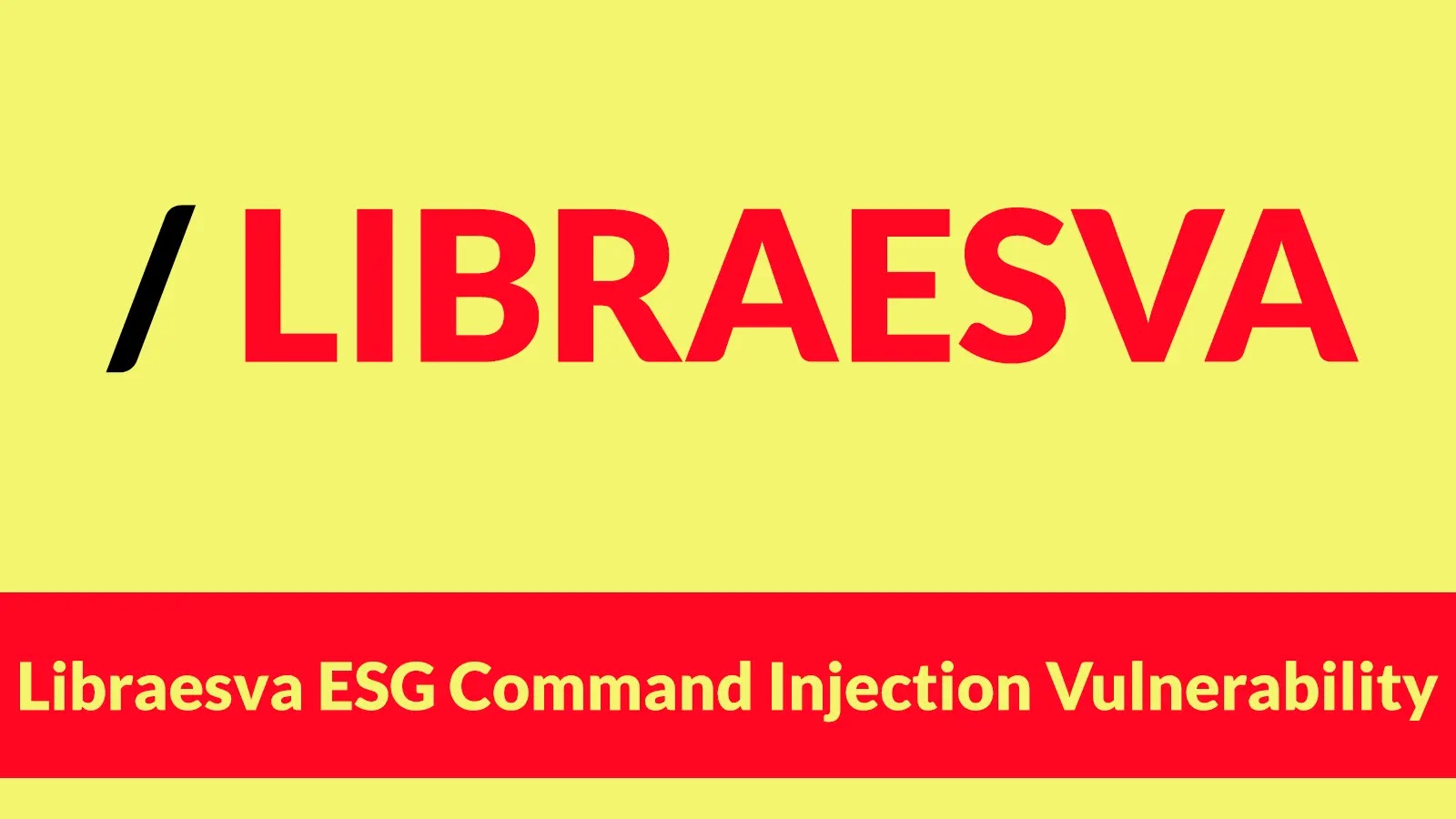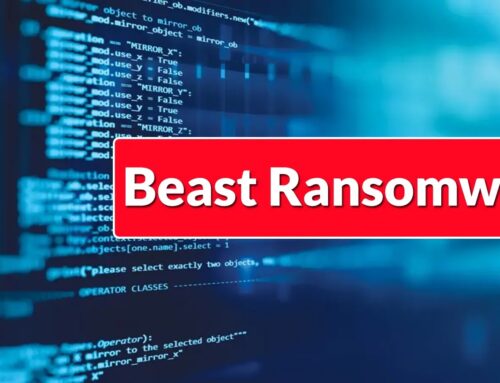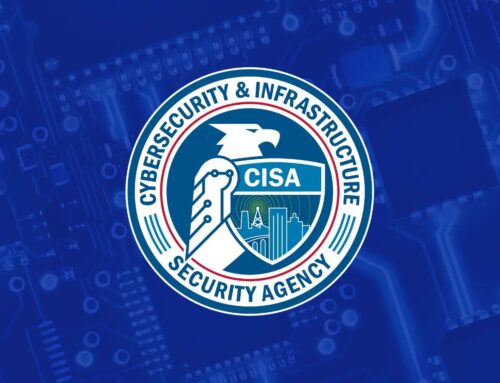
CISA Warns of Libraesva ESG Command Injection Vulnerability Actively Exploited in Attacks
The digital landscape is a constant battleground, and even the most robust defenses can harbor critical vulnerabilities. In a recent alert that sent ripples through the cybersecurity community, the Cybersecurity and Infrastructure Security Agency (CISA) has issued an urgent warning regarding the active exploitation of a severe command injection flaw within Libraesva Email Security Gateway (ESG) devices. This vulnerability, tracked as CVE-2025-59689, represents a significant threat to organizations relying on Libraesva ESG for their email security. Its ease of exploitation has made it a swift favorite among malicious actors, demanding immediate attention from security professionals.
Understanding CVE-2025-59689: The Libraesva ESG Command Injection Vulnerability
At the heart of CISA’s recent alert is CVE-2025-59689, a command injection vulnerability impacting Libraesva Email Security Gateway (ESG) devices. A command injection vulnerability allows an attacker to execute arbitrary commands on the host operating system through a vulnerable application. In the context of an email security gateway, this is particularly dangerous, as these systems often handle sensitive information and sit at a critical juncture of an organization’s network perimeter.
The severity of this flaw stems from several factors:
- Ease of Exploitation: Threat actors can exploit this vulnerability with relative simplicity, requiring minimal technical sophistication.
- High Impact: Successful exploitation grants attackers unauthorized control over the affected ESG device, potentially leading to data exfiltration, system compromise, or further network penetration.
- Critical System Target: Email security gateways are essential infrastructure, processing vast amounts of organizational communication. A compromise here can have wide-ranging consequences.
Why Libraesva ESG Devices Are a Prime Target
Email Security Gateways like Libraesva ESG are designed to be the first line of defense against email-borne threats, including phishing, malware, and spam. However, their very position at the network edge, coupled with their extensive privileges and access to email content, also makes them highly attractive targets for attackers. A successful command injection exploit on such a device can grant an adversary a beachhead within a target organization’s network, bypassing other security controls.
The specific nature of CVE-2025-59689 means that attackers can inject malicious commands directly into the underlying system processes. This could allow them to:
- Disable security features.
- Install backdoors or other malware.
- Steal sensitive data flowing through the gateway.
- Use the gateway as a platform for launching further attacks.
Remediation Actions: Securing Your Libraesva ESG
Given the active exploitation of CVE-2025-59689, immediate action is crucial for all organizations utilizing Libraesva ESG devices. Ignoring this warning could lead to significant security incidents.
The primary remediation step is to apply the vendor-provided patch. Always refer to the official Libraesva advisories and documentation for the most accurate and up-to-date patching instructions. Beyond patching, consider these essential security practices:
- Patch Immediately: Prioritize the deployment of all available security updates and patches from Libraesva for your ESG devices.
- Network Segmentation: Ensure your ESG devices are segmented from critical internal infrastructure to limit potential lateral movement if a compromise occurs.
- Strong Access Controls: Implement and enforce strong, least-privilege access controls for all management interfaces of the ESG.
- Regular Auditing and Logging: Continuously monitor logs from your ESG devices for any anomalous activity, command execution, or unauthorized access attempts.
- Incident Response Plan: Review and update your incident response plan to include procedures for responding to a compromised email security gateway.
- Web Application Firewall (WAF): Consider placing a WAF in front of your ESG’s web interface, if applicable, to help filter and block malicious input.
Detection and Mitigation Tools
To aid in detecting potential exploitation and strengthening defenses, several types of tools can be invaluable:
| Tool Name | Purpose | Link |
|---|---|---|
| Vulnerability Scanners | Identify known vulnerabilities, including CVE-2025-59689, in network devices. | Tenable Nessus |
| Intrusion Detection/Prevention Systems (IDPS) | Monitor network traffic for signatures of known attacks and block malicious activity. | Snort |
| Security Information and Event Management (SIEM) | Aggregate and analyze security logs from various sources for threat detection. | Splunk |
| Endpoint Detection and Response (EDR) | Monitor endpoints (including servers where ESG might run) for suspicious behavior. | CrowdStrike Falcon |
Conclusion
CISA’s warning about the actively exploited CVE-2025-59689 in Libraesva ESG devices underscores the critical need for vigilance and rapid response in cybersecurity. Threat actors are quick to leverage easily exploitable flaws in critical infrastructure components. Organizations must prioritize patching their Libraesva ESG systems and enhance their broader security posture to mitigate the risks posed by this potent command injection vulnerability.





